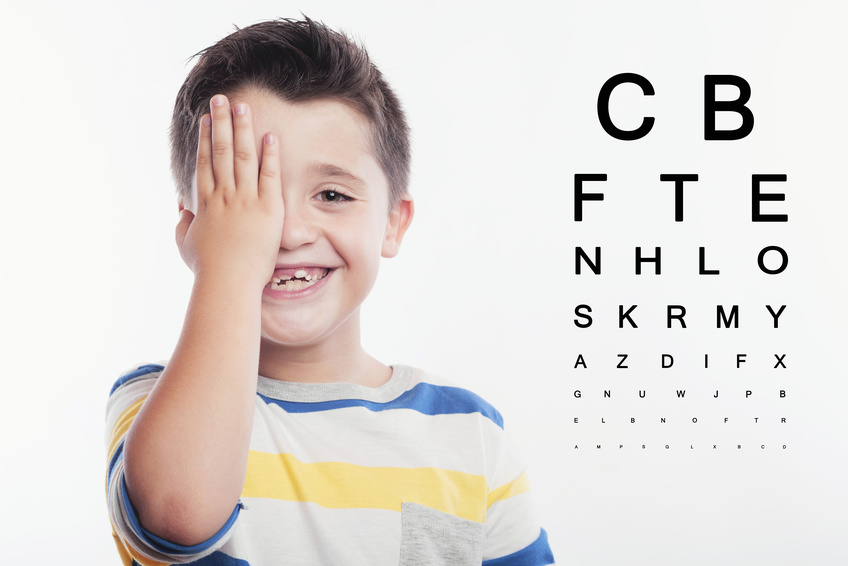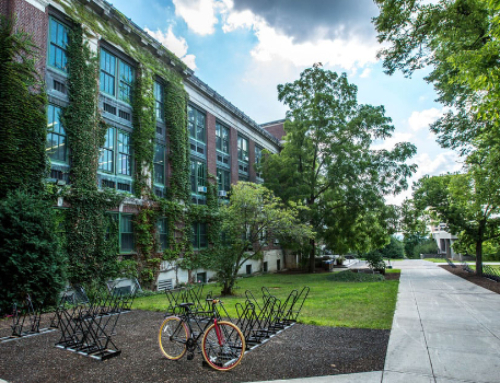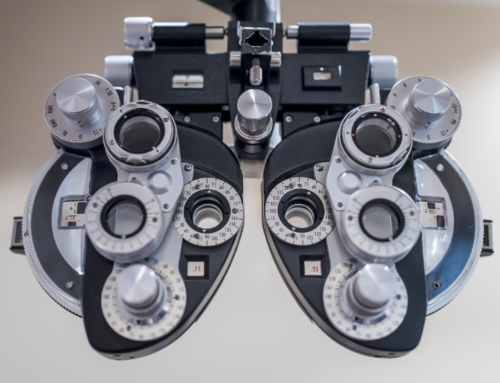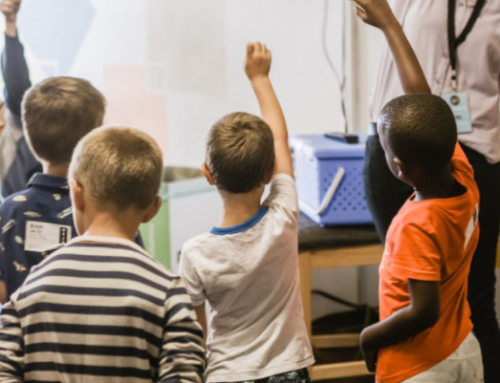The Importance of Yearly Screenings
Schools are known for a lot of things. End of year exams, sports teams and athletic events, parent teacher conference, school dances, and the like. When thinking about getting ready for the next school year, most people (parents, teachers, and students) aren’t thinking about vision and hearing tests. Vision and hearing screenings should be a vital part of every school administrations yearly checklist.
The reasons for vision and hearing screenings are many. For example, today nearly 20% of teenagers have some sort of hearing loss. Take a student in a classroom, and if that student doesn’t have hearing loss than it is a student in front, behind, or to the sides who does. It can be tempting to think that if there are problems with vision or hearing, that the student needs would be met by the parents at home. That isn’t always the case. Especially in areas that have a large number of students living in low income families, regular doctors visits aren’t a normal part of their lives.
School staff should be trained to recognize when a student is having difficulty hearing or seeing. Think of a student focused classroom. In this type of classroom, any student should be able to succeed to the best of their ability. One of the most common reasons that students fall behind in school, and are labeled as “slow learners”, is because of an unrecognized hearing or vision problem.
Think about it. Imagine you are a student, and suddenly as you are growing your vision starts getting a bit blurry. You aren’t sure exactly what is happening or why it is happening. There isn’t a good support system at home. Or maybe there is, but you are shy and don’t know how to talk about it to your parents. Either way, you keep going to school but now you can’t read well. Math takes forever to finish. So does English. There are thousands of instances just like this, where a student who is growing, develops a hearing or vision problem that goes unrecognized. Because the problem goes unrecognized, the student gets labeled as a slow learner and is set far behind in the educational process.
Recognizing Hearing or Vision Problems in the Classroom
Doing vision and hearing screening is important, however just as important is training the faculty and staff to recognize when a student might be developing (or hiding) a vision or hearing problem. Here are some things to look out for that might tip the hat:
Failure to Respond When Name is Called: Of course this could just be that a student isn’t paying attention. However if a student doesn’t respond when their name is being called, and displays inconsistency with hearing what the teacher says, this is an indication there may be a hearing problem that is developing.
Favors One Ear (or side of head): This one is a little more difficult to pick up on, however if a student is constantly turning their head to one side or rearranging their chair to favor a certain ear, they probably are having problems hearing. Another tell of this is if a student props one shoulder higher than the other when trying to listen.
Intense Visual Focus: If a student has to stare very intensely at the teacher in order to pick up what is being said, then that student is likely depending on visual cues (such as lip reading) to fill in the gaps of what they are not hearing.
Sudden Lack of Interest: While this can happen for a number of reasons, if a student who was once excited about school starts displaying a sudden lack of interest, there may be developing vision or hearing problems. This makes it difficult for the student to keep up with the pace of the school work, and if they don’t have someone to speak with, they will often just tune out.
Train teachers and faculty to recognize these symptoms in a student and ensure that each student is able to get yearly vision and hearing screenings. This will help ensure every student has the best opportunity possible to succeed in school.






